Yes.
I spent many years working within internal learning and development teams with little or no budget at all. If you’ve found yourself in the same boat, how can you support your organisation’s objectives without breaking the bank? Here are my eight tips…
1. Understand the objectives.
Running around fighting figurative fires might put a sticky plaster over a short-term problem but isn’t likely to support your organisation’s long-term aims. It’s also exhausting and time consuming, even if your budget’s on the generous side. Starting with a clear strategy around how you’re going to support your organisation’s objectives will let you see where any budget should be spent as well as a time-frame of what should be done and when. If you’re being asked to create some content that doesn’t support the objectives, then maybe this is something to push back on.
2. Curate before you create.
The chances are you’re not starting from nothing. What have you already got access to that you can re-purpose and reuse? Is there any free content online that you can point your learners to? A bit of time spent curating content, followed by a bit of marketing so your learners know where to find it, will give you some quick wins. This, in turn, will gift you a bit more time to create content that plugs the remaining gaps.
3. Give your learners a routine.
A bit of gentle conditioning could work wonders for your learning strategy. By releasing content to your learners as part of a regular routine rather than adhoc, you will increase your participation. After all, it’s easier to book learning into your schedule if you know it always happens on a set day. This also enables you to plan a development schedule.
4. Prioritise.
Time to power up the laptop and get creating. But where do you start? Creating content can be time consuming, especially if you’re having to do it yourself. In which case, prioritise the stuff that’s going to give you the biggest wins.
5. Stick with the tools you’ve got.
At this point, you might be thinking about investing in an authoring tool. While there are some great ones out there, my advice is to stick with what you’ve got for now. Budget constraints are a great way to fuel creativity, and it’s amazing what you can do with nothing more than Microsoft Office or Google Docs. For example, you can create an amazing looking explainer animation in PowerPoint. You can create an amazing demo video on your phone. You don’t need a big budget to make engaging content. Instead, focus on your writing style, some simple design principles and the art of explanation.
6. Avoid spending on an LMS.
A learning management system won’t help you achieve your objectives – it’ll just make it easier to track stuff. If you have a pound to invest, then it’s almost always better invested in the content rather than somewhere to store it. Still need to track stuff? Try a low cost assessment solution like Survey Monkey. That way you can store your content on your intranet site and link people to the assessment at the end. Voila – tracking sorted!
7. Show return on investment.
You might not have a budget now, but that needn’t always be the case. A healthy return on investment will enable you to put together a strong commercial argument for a larger budget in the future. If everything you’ve done has been aligned to the business objectives then showing the tangible difference that your strategy has made will be difficult to ignore.
8. Grow your digital learning offering from there.
You understand the business objectives, you’ve curated some content, developed a routine for your learners, created content to fill the gaps and shown the difference that you’ve made to the business. Now you can supercharge your strategy as your budget grows. It might be time to splash out on developing content that will support critical business objectives further; or look at a LMS to enrich the learning experience.






